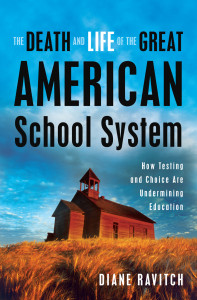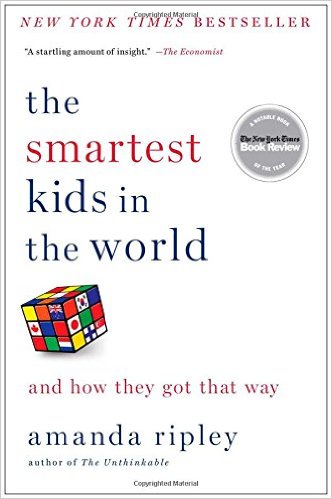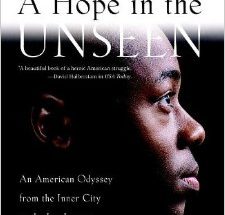
Diane Ravitch takes critical aim at American education reform in The Death and Life of the Great American School System (2010), evaluating the effectiveness of standardized testing, choice, and charter schools. The book hinges on her “wrenching transformation” from advocate to critic of testing, accountability, and choice-based reforms. For years surrounded by conservative thinkers, and, for a time, a policy maker peddling the reforms herself in Republican George H.W. Bush’s administration, Ravitch was at one time “attracted to the idea that the market would unleash innovation and bring greater efficiencies to education.”
Over time, though, the education historian changed her mind, growing skeptical of both the choice and accountability movements. In this book, she defines the reforms, describes their origins, history, and appeal, and finally evaluates their effectiveness, mostly by citing academic studies. The book gives an excellent overview of American education policy since the 1990s and is fairly balanced in terms of giving both sides of issues ample weight. Though Ravitch is a convincing writer, her subtitle overstates the book’s content. It’s not that choice and testing are undermining education necessarily, but they haven’t turned out to be the miracle cures that politicians hoped they would be. And the chapters at the end of the book – one about corporate investment in education and another on policy goals, are shorter, less developed, and less well argued than the ones that precede them.
One of Ravitch’s main critiques of the standards and testing movements is that they “bypassed curriculum and standards.” States were often left to set their own standards, resulting in wildly different levels of success across the country. In some cases, states lowered the difficulty level of tests in order to achieve gains year after year. She also criticized reformers for focusing too much on improving students’ “basic skills” in reading and math but ignoring subjects like history, music and social studies completely.
Ravitch does a good job of putting her critiques into historical context. She justifies the reformers’ drive for change as being a reaction to the 1983 A Nation at Risk report, which documented declining SAT scores from 1963-1980 and called for stronger high school graduation requirements. In a chapter about a school district in New York City becoming a model for literacy instruction and test score improvements elsewhere, she sifts through studies in order to decide whether or not the gains came from pedagogy or the district’s changing demography. She explains how certain reforms like Balanced Literacy were copied from other school districts and sometimes installed too quickly or without consent from teachers.
She saves perhaps her harshest critique for No Child Left Behind, George W. Bush’s 2001 legislation that featured mandatory testing for students in grades 3-8, choice, extra tutoring, and consequences for schools that did not meet “adequate yearly progress.” Though students at failing schools had the right to transfer and/or receive free tutoring, Ravitch points out that few took advantage of these opportunities. She also lambasts the unrealistic expectations of NCLB (ie: 100% proficiency in reading and math by 2014), and the closing of underperforming schools, a practice she claims “disrupts lives and communities, especially those of children and their families.” She doesn’t back up that last argument with sufficient data, but supports every other aspect of her NCLB critique with studies and test score results.
At times there is a contradiction between Ravitch’s tone and the nuance with which she approaches most issues discussed in the book. She’s skeptical that any one policy could save American education, yet quick to say that others are actually “diminishing its quality and endangering its very survival.” Throughout the book she backs up her critiques with studies and data, but when it comes time for her to offer solutions, she rushes through suggestions for effective school reform without giving them the same treatment. Her last chapter reads like a political speech, with repetitive structure, “Our schools will not improve if…” and strong language like “public education is in peril.” Perhaps words she wrote (in an earlier chapter) about A Nation At Risk apply: “The language was flamboyant, but that’s how a report about education gets public attention.”



